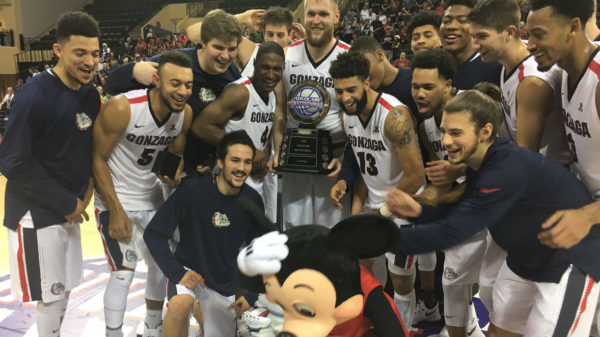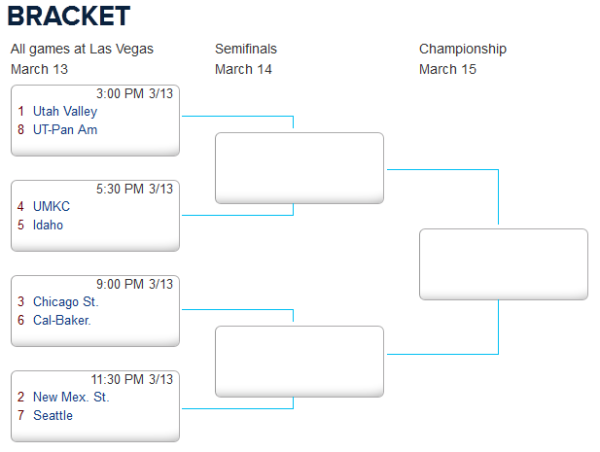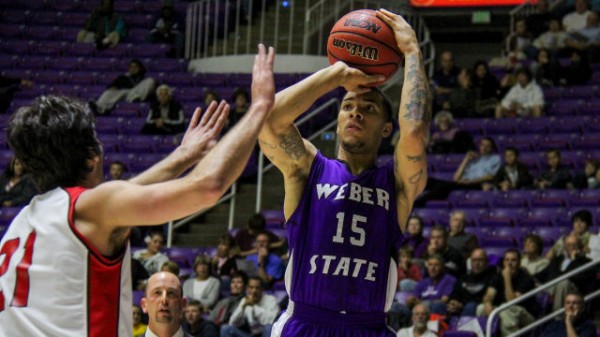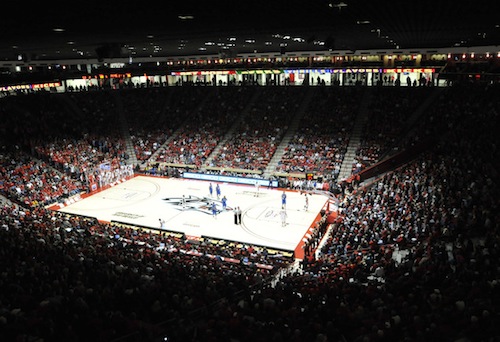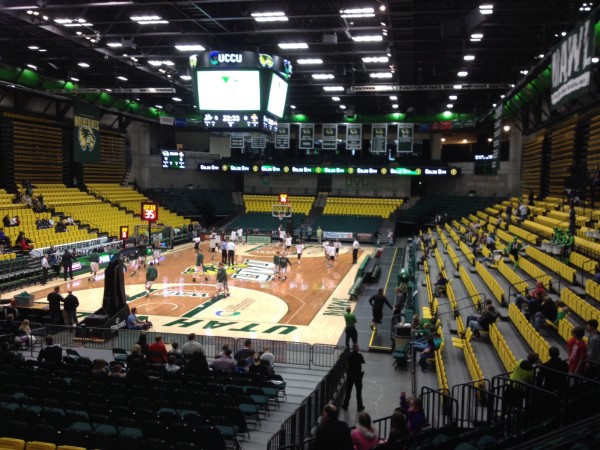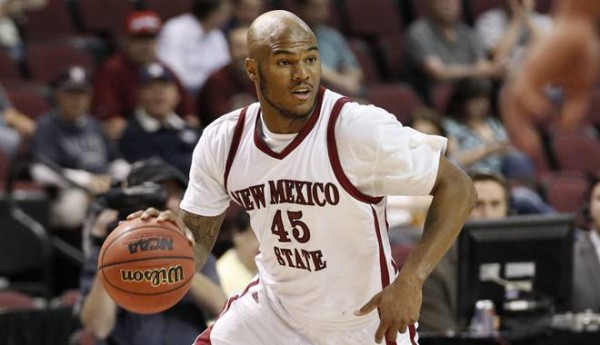This Year’s WAC May Be Better Than You Think
Posted by Tommy Lemoine on November 21st, 2017Utah Valley’s opening weekend road trip to Kentucky and Duke — dubbed the “toughest 24 hours in college basketball” — started out with a bang for Mark Pope’s upstart program: The Wolverines stormed out to a nine-point halftime lead in Rupp Arena, led by as many 12, and stayed within single digits for much of the second half. Big Blue eventually came back and won, of course, but not before a speechless crowd — and a stunned coach — took notice: “This team, Utah Valley, they’re going to win their share of games now. They’re big… they have got a couple guys that are out that can shoot… they’re legit,” John Calipari said afterward. And he’s absolutely right. Existing on the fringe of the national discussion, Utah Valley is perhaps the perfect embodiment of the WAC’s collection of top contenders this season: a nascent program fortified with impact transfers that’s built to surprise in non-conference play.
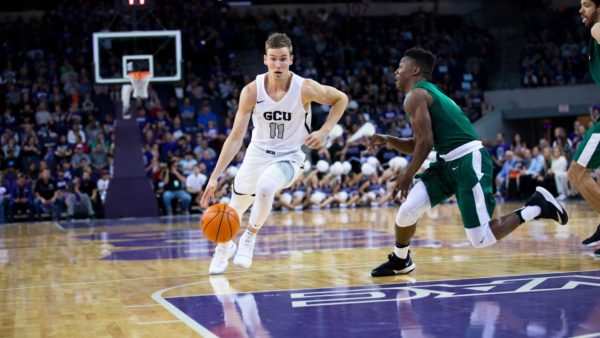
Oregon grad transfer Casey Benson should help Grand Canyon’s title hopes. (Grand Canyon University Athletics)
Believe it or not, the Wolverines were not picked to win (or even finish second) in the league this year. That distinction belongs to none other than Grand Canyon, which is off to a 3-0 start in its first season of NCAA Tournament eligibility. After winning a combined 49 games since 2015-16, the Lopes return Preseason WAC Player of the Year Joshua Braun and several other key contributors from last season’s unit. As if that were not enough, head coach Dan Majerle (with an assist from a certain member of the coaching staff) lured Oregon graduate transfer Casey Benson, a veteran point guard who logged 21 minutes in the Ducks’ Final Four loss to North Carolina last March. Through three games, Braun (20.0 PPG) and Benson (10.0 PPG) have been awesome, and Grand Canyon — a for-profit university with an impossibly raucous home crowd — looks every bit the favorite pundits thought it would be. Even if the Lopes don’t upend St. John’s in their semi-home tilt on December 5, don’t be surprised if Majerle’s group gives Illinois loads of trouble just before the New Year.





























